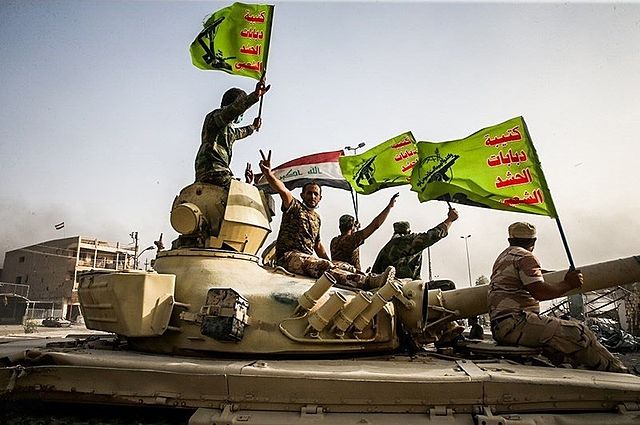Interview for Seznam Zprávy
Date of publication: June 17, 2025

On June 16, 2025, Filip Sommer, director of the Prague Center for Middle Eastern Relations (PCMR) at CEVRO University, gave an interview to Seznam Zprávy in the context of the ongoing conflict between Israel and Iran.
The interview focused primarily on the role of pro-Iranian Iraqi paramilitary forces under the umbrella of the Popular Mobilization Forces (PMF). The pro-Iranian core of this loosely organized grouping includes actors such as Badr Organization, Kata’ib Hezbollah, Asa’ib Ahl al-Haq, Harakat Hezbollah al-Nujaba, Kata’ib Sayyid al-Shuhada, and other brigades with direct connections to Iran.
The PMF was established in 2014 in response to a fatwa by Iraqi Ayatollah Ali al-Sistani, who saw the need to mobilize Iraqi Shi’a men to defend the country against the expanding force of the Islamic State in Iraq and Syria (ISIS). This led to the creation of new brigades or the consolidation of existing ones aimed at combating the growing threat of Sunni jihadism. As of 2016, the PMF became part of Iraq’s formal security system.
The PMF is composed of three subgroups – Hashd al-Wala’i, Hashd al-Marji’i, and Saraya al-Salam. Some analysts classify these three groups as pro-Khamenei, pro-Sistani, and pro-Sadr, respectively. The Hashd al-Wala’i structures, linked to Iran, follow the political and religious doctrine of Velayat-e Faqih of Iranian Supreme Leader Ali Khamenei (including Badr Organization, Asa’ib Ahl al-Haq, Kata’ib Hezbollah, Harakat Hezbollah al-Nujaba, Kata’ib Sayyid al-Shuhada, and other actors).
They differ from the other two PMF components: Hashd al-Marji’i, associated primarily with the religious authority of the Marja’iyya and Ayatollah Ali al-Sistani, focuses on protecting Shi’a religious shrines in Najaf and Karbala; a Saraya al-Salam, the armed wing of the Sadrist Movement, recently renamed the National Shi’a Movement.
After strengthening their position during the fight against ISIS, these forces translated their military success into political ambitions to secure and maintain local economic gains.
Many of them have political wings represented directly in the Iraqi parliament. For example, Asa’ib Ahl al-Haq appears in parliament under the name Sadiqoon and Kata’ib Hezbollah under the name Haraqat al-Huquq.
In total, it is said that 238,000 fighters are on the payroll. However, this number is somewhat inflated, as many of the listed fighters either do not exist or are already deceased (so called “ghost employees”).
The PMF, especially its pro-Iranian components, are part of Iran’s Axis of Resistance, which also includes Lebanese Hezbollah, Palestinian Hamas, and the Yemeni Ansar Allah (also known as the Houthis).

